“Banshee Chapter” is a psychedelic trip into cosmic horror and the military industrial complex, but can it live up to the story it’s inspired by?
“The waves from that thing are waking a thousand sleeping senses in us; senses which we inherit from aeons of evolution from the state of detached electrons to the state of organic humanity.” -HP Lovecraft, “From Beyond”
“From Beyond” is one of Lovecraft better known works, and not because it’s well-written. Best explained by literary critic and scholar S.T. Joshi, it “…will (never) be regarded as one of Lovecraft’s better tales.” His reasoning behind that is, “…its slipshod style, melodramatic excess and general triteness of plot.” Joshi isn’t wrong. “From Beyond” is a short, monotone story with minimal substance. The potential is there, but it’s never capitalized on.
It would take over fifty years for that potential to be seen and molded in expert prose from director Stuart Gordon, a man with a very clear, albeit strange vision, in his film, From Beyond (1986). Since then, “From Beyond”, or at least the ideas behind it, have influenced video games like “Half-Life”, music, television, and even the name of this column. Today, we’re going to look at another movie inspired by the piece: The Banshee Chapter (2013).
The Banshee Chapter was written and directed by Blair Erickson and produced by Zachary Quinto. The story centers around investigative journalist Anne Roland (Katia Winter), whose writer friend, James Hirsch (Michael McMillian), disappears while writing a book about the CIA’s experimentation on unknowing subjects during MK ULTRA. The last known video of James is him taking DMT, a hyper-hallucinogenic found naturally in the brain, hearing a strange ‘phantom radio’ broadcast, and undergoing some sort of ‘change’.
Already, we’re hit with quite a lot.
From there, Anne uncovers that James has gotten his DMT from a writer named James Blackburn (Ted Levine), goes to meet him, and horror ensues.
The Banshee Chapter is really hard to pin down. Sometimes, it’s a found footage movie. Sometimes, it’s a comedy. Sometimes, it’s Fear and Loathing in Las Vegas by Hunter S. Thompson. Sometimes, it’s a mockumentary. It’s all of this and, yet, none at the same time.
The most egregious offender is the film’s ‘mockumentary’ parts. Take the beginning for instance, which consists of clips and interviews regarding the clandestine MK ULTRA experiments. Anna, narrating as if it were a true crime documentary, explains that her friend has disappeared and that the following clip is the last known footage of James Hirsch. She’s speaking directly to the audience and the film at this point is structured, shot, and written like a mockumentary with elements of found footage.
Then, all of a sudden, it stops being a mockumentary. Now, the audience is following Anna in the role of a passive viewer — she goes to a dark field to listen to a radio signal alone, and we observe. No camera crew, no ‘documenting’, nothing. So, then, I thought, “Why did they start this in documentary style if it wasn’t a documentary?”
The Banshee Chapter weaves through multiple different structures, styles, and aspects throughout the film mashed together in a weird, disorientating cocktail.
It does not result in a very cohesive film, despite having a solid story. Everything, besides a few vague plot elements that can be pieced together with a second viewing, makes sense and works. The Number Station connects to the DMT, the DMT connects to Blackburn, Blackburn connects to MK ULTRA, MK ULTRA connects to the creatures, and so on. That’s not the movie’s problem. Its problem is what I alluded to above: tone.
I’ve heard it said that a consistent tone is the most important aspect of any film, regardless of genre. The defense that many employ is you can shuffle around scenes in Silence of the Lambs (1992) and have the film still work. Maybe, but the second Buffalo Bill starts doing slap-stick comedy? That’s when the film stops working, period.
The Banshee Chapter suffers from not knowing what it is tonally.
Had it just been a true crime turned horror mockumentary, I’d be much happier. Had it leaned in more to the Hunter S. Thompson stuff and stuck with it, I could have really enjoyed that! What I don’t enjoy is thinking, “Why is the lead narrating like this is a documentary?” Or, “Why am I seeing a clip show of medical experiments between scenes?” It needed to find and stick with a tone and style, otherwise it’s a jumbled mess. Remember, Silence of the Lambs doesn’t have a scene where Buffalo Bill does a funny or cute one-liner. It’s at least consistent, while The Banshee Chapter isn’t.
Speaking of Buffalo Bill, let’s talk about one of the best on-screen parts of The Banshee Chapter: Ted Levine. His performance is one of the highlights of the film. I may not have liked the overt, sometimes obnoxious nods to Hunter S. Thompson that the director, Blair Erickson, tried to force into The Banshee Chapter, but Levine’s performance definitely elicited a few smiles from me.
If this movie had been an entire story focused on James Blackburn, this would probably be a much more positive review.
It’s a shame that Ted Levine, a talented character actor with a very wide range, is paired up with Katia Winter, whose performance is bland in almost everything I’ve seen her in. I found Winter’s delivery in The Banshee Chapter, at worst, flat and, at best, semi-believable. I was a little disappointed that Levine got minimal screen time compared to Winter. While he elevated aspects of the film and pulled me in, her performance was constantly pulling me out. I was even more disappointed when I heard Blair Erickson apparently went through several hundred women for the role of Anne and decided on Winter.
I’ve expressed a lot of displeasure when it comes to The Banshee Chapter thus far. I felt there was so much potential in this film while watching, just as Joshi did while reading Lovecraft’s “From Beyond”. His words could be my exact words for The Banshee Chapter: a movie that wears its Lovecraftian inspiration like a big, colorful, obnoxious pin on its chest.
However, despite all the above, there are definitely elements of The Banshee Chapter that pleased me.
In an interview with horror journalist Christopher Jimenez, the film’s director discussed their incredibly small budget:
“We had such a small budget; this was such a little film. We had all these ridiculous locations. That was a big risk. Can we pull off all these locations in the short amount of time we have to them? All we had was 28 days.” -Blair Erickson
Luckily for Erickson, he had a competent team of seasoned filmmakers to make a small budget feel like a big one. Despite it being his first feature, cinematographer Jeremy Obertone did an amazing job for his camera work and use of lighting, especially in the more frightening locations. Erickson was also lucky enough to have Scott Hastings, best known as the Special Effects technician for The Spirit (2008), Terminator: Salvation (2009), and Book of Eli (2010) working as the special effects supervisor.
The crew on The Banshee Chapter did a really amazing job, and it shows. Unfortunately, fantastic visual effects, practical and otherwise, plus good lighting do not make a great movie by themselves. Cosmic horror fans may like this film despite the entity’s incredibly weak motivation and convoluted reasoning, and more traditional horror fans will likely get a kick out of some of the scares. However, that’s about it.
I hope to see more from Erickson in the future, but The Banshee Chapter is certainly not a movie I’m itching to see again.


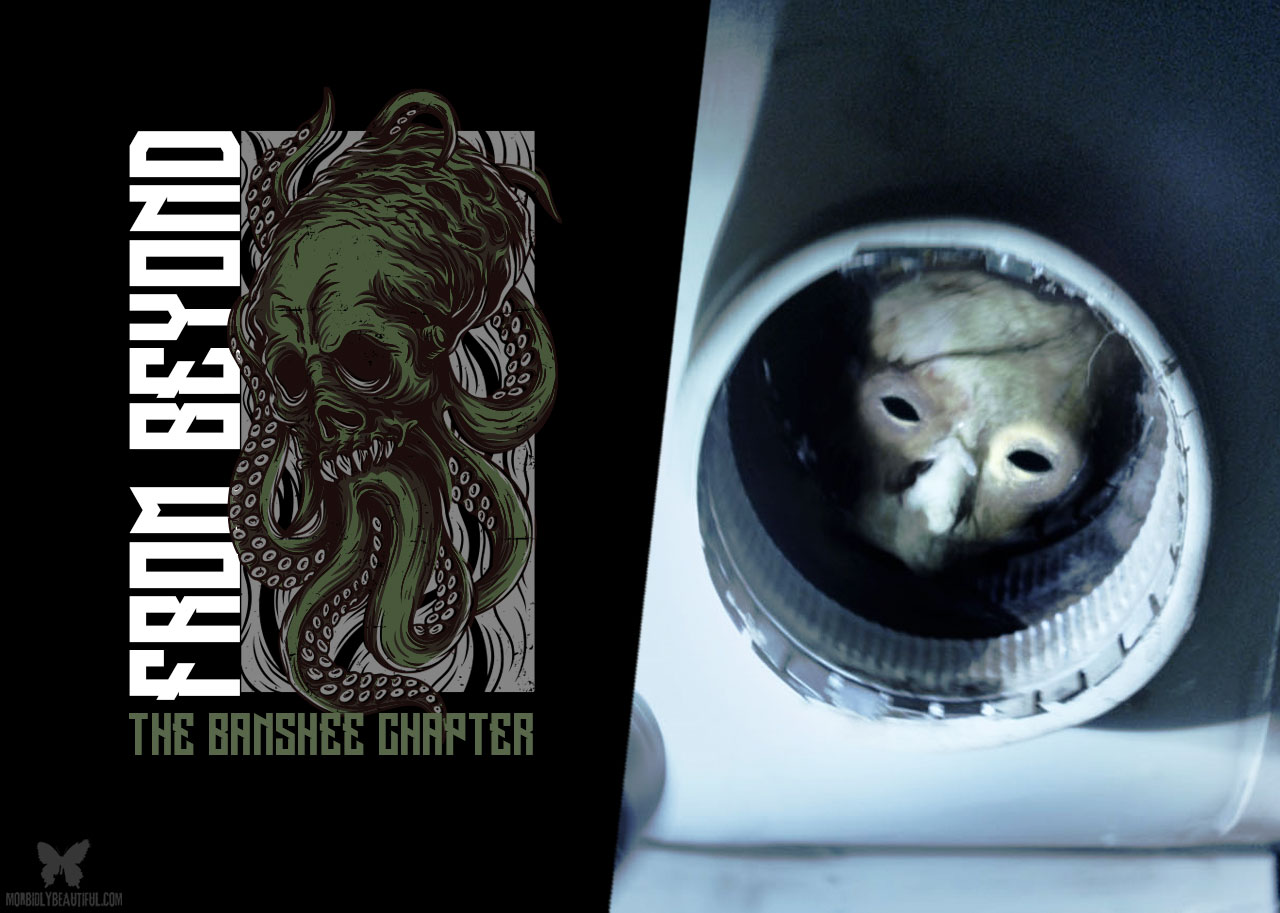






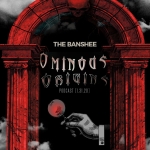
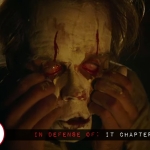





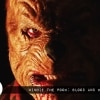
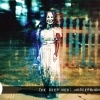
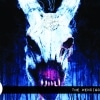

Follow Us!